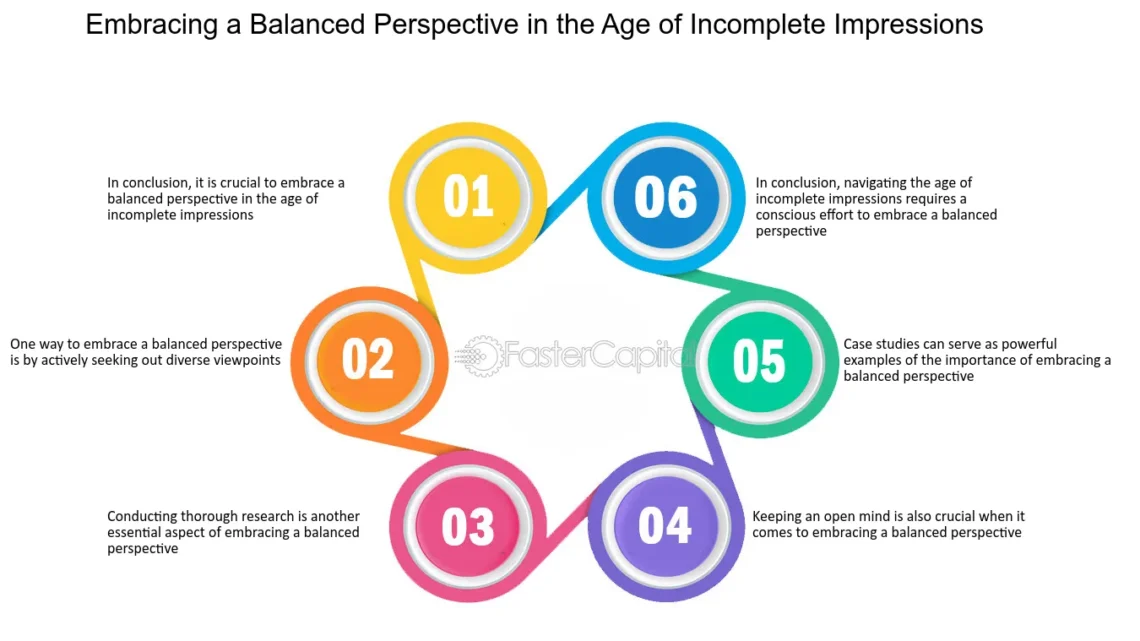In a world where appearances often dictate our perceptions, the concept of “appears” carries significant weight. What appears to be true at first glance can sometimes unravel into a far more intricate reality upon closer examination. This phenomenon permeates various facets of human existence, from the realms of psychology and perception to the intricacies of societal norms and personal interactions.

**The Facade of Perception:**
Perception shapes our understanding of the world, influencing how we interpret events, people, and circumstances. Yet, what appears to one individual may not align with the perceptions of another. This subjectivity underscores the complexity of appearances.
Consider the enigmatic concept of optical illusions. Images that initially appear straightforward often conceal hidden depths, challenging our preconceptions and revealing the fallibility of our senses. These illusions serve as a poignant reminder that what appears on the surface may not always reflect reality.
**The Masks We Wear:**
In social contexts, individuals often present carefully curated personas to the outside world. These personas, though they may appear authentic, are often embellished or even entirely fabricated. The desire to conform to societal expectations or to project a certain image can lead to a dissonance between appearance and reality.
Moreover, the rise of social media exacerbates this phenomenon. With the ability to meticulously craft online identities, individuals can present idealized versions of themselves, concealing vulnerabilities and imperfections behind a facade of perfection. What appears on social media feeds becomes a curated highlight reel, often diverging significantly from the complexities of real life.
**Unveiling the Truth:**
Unraveling the intricacies of appearances requires a willingness to delve beneath the surface and confront uncomfortable truths. It entails interrogating our own biases, challenging societal norms, and embracing the nuances of human experience.
Psychologists often emphasize the importance of critical thinking and skepticism when navigating the complexities of perception. By questioning assumptions and scrutinizing the evidence, we can peel back the layers of illusion to reveal a more nuanced understanding of reality.
Additionally, fostering empathy and compassion can help bridge the gap between appearances and reality. By recognizing that everyone grapples with their own struggles and insecurities, we can cultivate a deeper appreciation for the multifaceted nature of human existence.
**Conclusion:**
In a world where appearances reign supreme, it’s crucial to remember that what appears on the surface is often just the tip of the iceberg. Beneath the veneer of certainty lies a tapestry of complexity, waiting to be explored and understood.
By acknowledging the limitations of perception, challenging societal expectations, and fostering empathy, we can begin to unravel the illusions that obscure our understanding of the world. In doing so, we pave the way for a more authentic and compassionate existence, one where appearances no longer hold sway over our perceptions.
Also Visit: Review Hoverwatch Best Spy Phone Tracker





